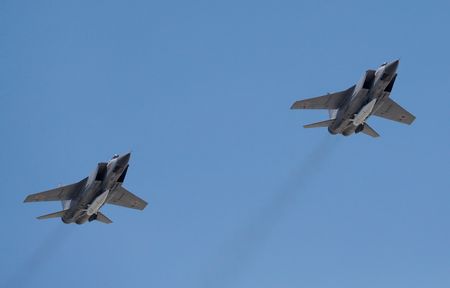
The Air War in Ukraine – Complexities and Challenges

As the Ukraine conflict enters 112th day, the global attention continues to be focused on the conflict between the two largest nations of Europe, Russia and Ukraine. Russia is moving closer to achieving its aim of extending total influence, if not annexing eastern Ukraine. Despite the huge asymmetry in total air power between Russia and Ukraine, the relatively restricted use of air power by Russia is being debated around the world. Boasting of Su-57 stealth fighters, Su-35 Flankers, is Russia’s ‘Mighty Air Force’ really failing to dominate Ukraine? While the final lessons will be drawn only when this extended war comes to an end, but initial lessons are becoming clear.
Russian Air Power
The Russian Air Force (RuAF) is the second largest in the world with nearly 3,800 aircraft. Eight Bomber squadrons operate Tu-22M3/MR, Tu-95MS, and Tu-160 bombers. 37 Fighter squadrons include variants of MiG-29, MiG-31, and Su-27. Russia has over 100 Su-35 aircraft. There are 27 Attack squadrons operating the Su-24, Su-25 and Su-34 variants. 10 Attack-cum-Reconnaissance squadrons operate Su-24s and MiG-25RB. They have only around 14 fifth generation Sukhoi Su-57 aircraft which are still under operational evaluation. Russia operates a squadron each of A-50/A50-U aircraft and FRA Il-78/Il-78M. At any given time, Russia has around 300 modern combat aircraft normally stationed in the Western and Southern Military Districts – within range of Ukraine. They had also relocated regiments from elsewhere in Russia as part of its military build-up prior to the invasion.
Ukrainian Air Power
The war has seen mostly identical aircraft and systems of once Russian origin pitted against each other. Ukraine had the world’s 27th largest air force and the 7th largest in Europe. They had a significant domestic defence industry, including the original Antonov aircraft plant. The Ukrainian Air Force (UkrAF) is manned by 36,300 personnel and had 225 aircraft. These included nearly 100 fighters comprising MiG-29, Su-24, Su-25, Su-27, L-39, and some had also been modernized. These were used mostly in air defence operations. Ukraine has also been using American and Turkish UAVs. They had significant AD systems including S-300 missiles with nearly 500 missiles in addition to the Western Man Portable AD Systems (MANPADS).
Limited Air Power Initially
Russia did not deploy all its advanced weaponry initially, reportedly to conserve assets for a possible escalation of war involving NATO. But it is apparent that the RuAF has now turned up to the fight. They have significantly increased the number of sorties flown in Ukraine. They have also improved their ability to support ground operations. Russia has finally begun combined arms warfare. They were initially committing forces piecemeal, without employing concentration of force, or unity of effort. The same has begun to change now.
Air Campaign in Ukraine
Russians had lot of preparatory time. They should have done enough Intelligence Surveillance and Reconnaissance (ISR). They should have hopefully known the Order of Battle (ORBAT) fully. Russia was expected to achieve air superiority, but that happened only partially and a little later in the conflict. The AWACS and AEW&C have hardly been seen. Maybe they don’t want to expose to Ukrainian fighters or flying deeper in own territory. Fighter strikes were also limited. Air and ground launched Cruise missiles and Ground based Multi-Rocket have been used extensively.
Russia did strike military infrastructure at Ukraine’s air bases and “suppressed” its air defences. Finally, UkrAF did get grounded and thereafter Ukrainian military action was mostly engaged in the ground-based air defence. Suppression of Enemy Air Defences success is being questioned by some analysts, as many radars and missile batteries remained intact. Some were moved from the untouched West Ukrainian military bases. Ukraine has large population which is against the Russians. It is not in Russian interest to get into urban warfare. That would bog them down.
RuAF could fly limited sorties in the north due to bad weather, but got hammered by MANPADS and lost significant number of aircraft. Helicopter Gunships were used for Counter Surface Force Operations (CSFO). We saw the video footage of a Russian Mi-25 being shot by a stinger missile. Surprisingly the Russian aircraft did not use Missile Warming System or the IR flares to ward off the missiles. Russian ISR and Electronic intelligence components also appeared to have been spread too thin. RuAF support was focused on Close Air Support (CAS) rather than extended SEAD.
Perceivable attempt to use unguided munitions by the Russians indicates either the Russians are running out of PGMs or conserving what they have. Russia lost at least one top-of-the-line Sukhoi aircraft to attrition when employed in basic strike role. The ATGM/ MANPADs success by the Ukrainians reflects that the tank is a baggage without an Active Protection System (APS), as are the airborne platforms a viable target without an integrated self-protection jammer. Both cannot carry out their core tasks without these layers.
Where are the Russian UAVs? Very limited use has been observed. Never saw UCAVs like the Orion. Lack of UAVs, especially for the protracted and persistent SEAD and interdiction missions may be hurting the Russians.
Meanwhile, Zelenskiy has confirmed that Ukraine has suffered ‘serious losses’ after Russian air strikes pounded many targets, damaged radar arrays and other equipment and Ukrainian military facilities. Russian missiles hit targets in many other cities, including Kharkiv, Kramatorsk, Dnipro, Mariupol, Odesa, and Zaporizhzhya. Putin has repeatedly said that the goal of the invasion was the “demilitarization and de-Nazification of Ukraine.” Effectively it means Ukraine being part of NATO was unacceptable. Although the Ukrainian military has improved since 2014, experts disagree on how broad and deep these improvements are. Russia continues limited air and missile strikes across the rest of the country to cause military and economic damages. Russia achieved its primary objectives but at a much higher cost than desired and through a fitful cycle of adaptation. Cyber warfare and electronic warfare are important. They seem to have been under-utilized. The Western world greatly supported Information Warfare through satellite communications, and internet that was kept live.
Aerial Combat Engagements
There have been air engagements. The Russian Defence Ministry has claimed that over 100 air defence systems and over 90 Ukrainian aircraft have been disabled or destroyed. Most UkrAF losses were on the ground. A few have been shot in the air. Most Russian aircraft losses have been to ground-based AD Systems. Many well-known top-notch Russian and Ukrainian pilots lost their lives in aerial engagements.
Combat Employment of Hypersonic Weapon
Russia claimed to have launched their Kinzhal (Dagger) hypersonic missile at, among other targets, a weapons depot in western Ukraine – making it the first country to ever to test this type of missile in combat. From a military point of view using a hypersonic missile to hit a stationary target made little sense. Why use a weapon this expensive when a traditional ballistic missile could do the job just as easily with less risk of failure? Maybe it was mostly to send a message to the West. Russia has also faced significant cases of precision-guided munitions failures.
Air Power in Naval Operations
Warships from all four of Russia’s geographic fleets converged on the Eastern Mediterranean and the Black Sea in late January 2022. The Russian Navy was tasked to support resupply of ground troops, precision fires in support of military operations, and maintaining sea control. The Russian task force in the Mediterranean continues to deter the NATO Standing Maritime Group’s assurance operations. Land strikes were carried out using 3M54 Kalibr cruise missiles and naval gunfire, and providing resupply to Russian ground forces advancing along the Sea of Azov coast toward Mariupol. Russia lost an Alligator Class LST while pier-side in occupied Berdyansk, possibly to a Ukrainian short-range missile strike.
But Turkey, a NATO member, implemented a partial closure of the Bosporus Straits. This mile-wide strait provides the sole connection between the Black Sea and the Mediterranean and the world’s oceans, thereby restricting the passage of Ukrainian and Russian warships into the Black Sea and effectively trapping Russian naval units.
The large Russian Black Sea flagship cruiser ‘Moskva’ was hit by two Ukrainian ‘Neptune’ anti-ship cruise missiles which caused a major fire. These missiles had only entered service in 2019. Eventually the fire engulfed the ships ‘Magazine’ and blew up the stored armaments. It had to be abandoned by the crew. It is likely to go down in history as one of the most audaciously successful attacks in modern naval history. It will be the biggest warship lost since WW2, at 12,490 tons she is bigger than Argentina’s General Belgrano, sunk by the Royal Navy in 1982.
The attack reportedly took place during a storm. The Ukrainians used a Bayraktar TB-2 drone to distract the Moskva. The Ukrainian Navy introduced TB-2s into service only in August 2021. It’s also possible that the Ukrainians used a TB-2 to identify and target the Moskva for the Neptune battery. The Moskva had single main air defence radar – a 3P41 Volna phased array to guide S300 missiles. Problem is, it only has a 180-degree field of vision. The 360-degree coverage is provided by MR-800 Voshkod/Top Pair 3-D long range air search radars for shorter-range SA-8 missiles. But it’s likely that in the storm, they couldn’t distinguish the sea-skimming Neptunes from the wave-tops.
Analysts are questioning as to why the ship was operating incredibly close to shore, more so when it is relatively old and has limited point defence capability. It is also difficult to explain why Russia would lose its flagship in the theatre where it has sea control.
Western Support to Ukrainian AD Operations
Since Ukraine is not part of NATO, none of its members can intervene directly on its behalf because that would expand the conflict. Ukraine’s request for enforcing ‘No Fly Zone’ could not be actioned. However, NATO members have been supporting the Ukrainians in many other ways like providing satellite imagery to boost Ukrainian air defence operations. NATO owns and operates more than a dozen Boeing E-3A radar planes, with about six of its long-range “eyes in the sky” craft in the air at any time. NATO’s Combined Air Operations Centre in north-western Germany, have been monitoring the east European airspace, and feeding to Ukraine’s AD units to deter aggression from Moscow. Washington too shares intelligence with Kiev, but it officially says it is not providing data that would enable “real-time targeting” of Russians. NATO UAVs are also operating in the garb of strengthening their own defences and overall situational awareness. NATO is also carrying out surveillance over the Black Sea area. NATO F-35s jet from Norway are shadowing or monitoring Russian intelligence aircraft. NATO is also monitoring Russian Cruise missile launches. Many countries have supplied Stinger missiles. Some former Warsaw pact countries have given former Soviet air defence equipment such as S 300 missiles.
Lessons for India
The last bullet has still not been fired. The last sortie has still to be flown. While it may be premature to derive suitable military lessons at this stage, however, the conflict in Ukraine does flag some relevant initial thoughts for the armed forces of India, which are in the process of major reforms. The wars can linger. Supplies can be throttled. There is need for stockpiles of armaments. Just large standing armies are not enough. Hybrid war, electronic warfare and technology will play. Concepts and force structures require rethink. From this multi-prong global power-play, it is emerging clearly that there is no soft power without hard power. India needs to continue to build its hard power. Self-sufficiency in arms manufacturing, as much as possible, is an absolute necessity. It is time that Indian Air Force gets back to the authorized 42 fighter squadrons from the current low of 31, and the other services modernise their inventories.
*****************
Disclaimer
The opinions expressed in this article are the author’s own and do not reflect the views of Chanakya Forum. All information provided in this article including timeliness, completeness, accuracy, suitability or validity of information referenced therein, is the sole responsibility of the author. www.chanakyaforum.com does not assume any responsibility for the same.
Chanakya Forum is now on . Click here to join our channel (@ChanakyaForum) and stay updated with the latest headlines and articles.
Important
We work round the clock to bring you the finest articles and updates from around the world. There is a team that works tirelessly to ensure that you have a seamless reading experience. But all this costs money. Please support us so that we keep doing what we do best. Happy Reading
Support Us



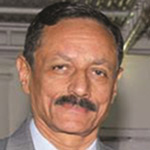

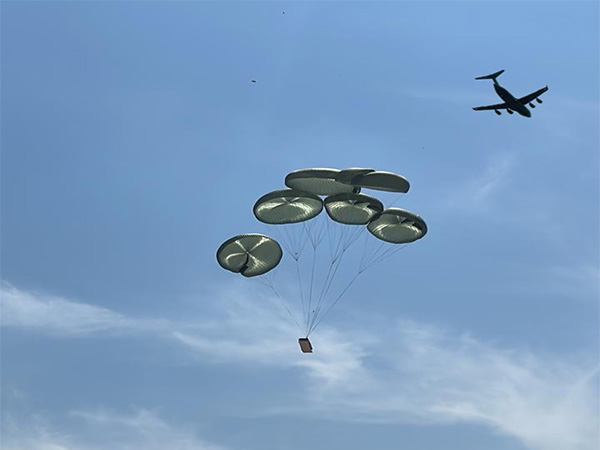
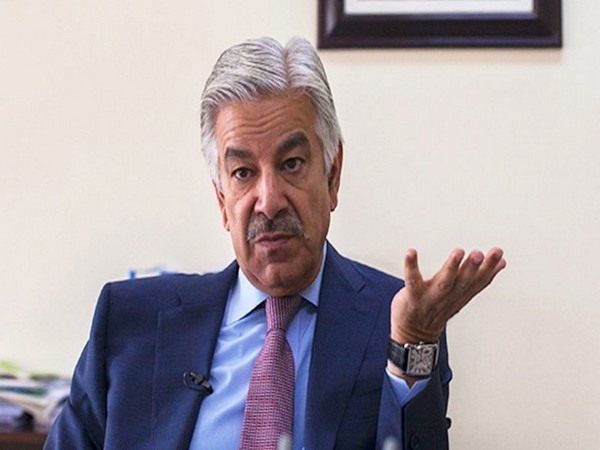
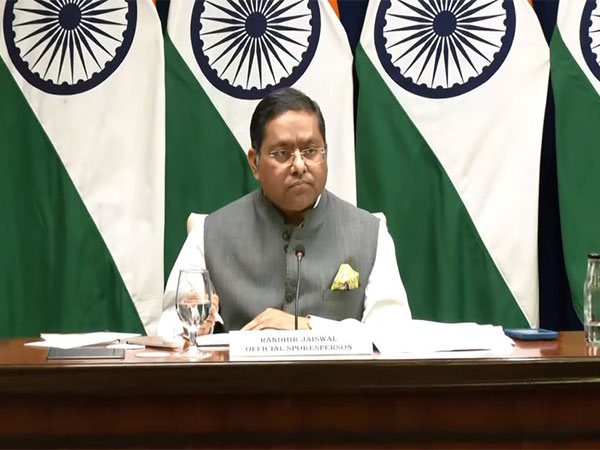






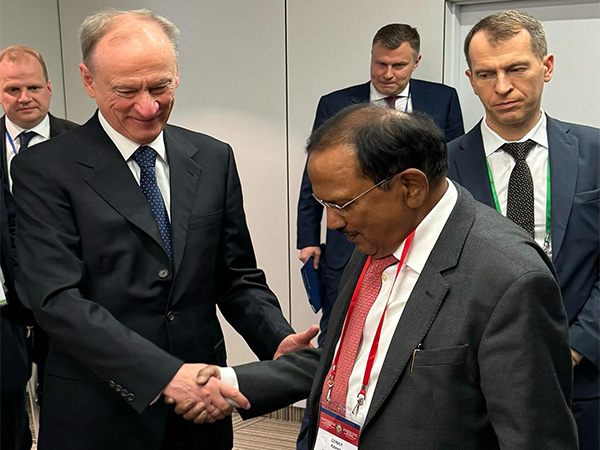






POST COMMENTS (1)
Kalidan Singh